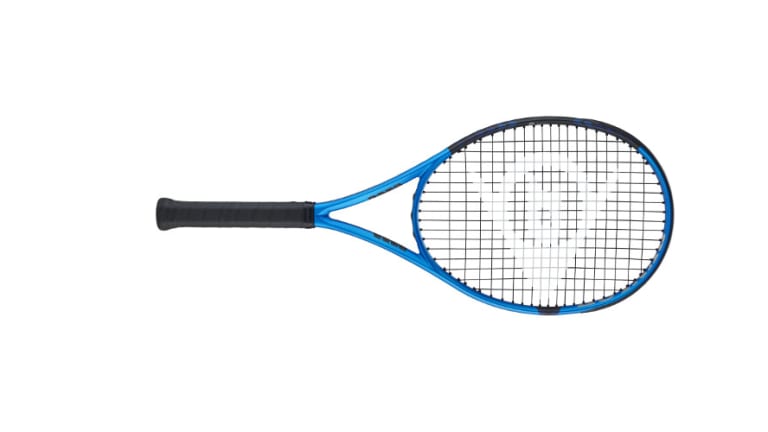Your Game
Racquet Review: Dunlop FX 500 Tour
By Jan 31, 2023Your Game
Racquet Review: Dunlop CX 400 Tour
By Apr 21, 2024Your Game
Nix Biosensor takes the guesswork out of hydration
By Apr 20, 2024Your Game
Tales from the stringing room: Strange requests, racing against the clock and more
By Apr 16, 2024Your Game
Babolat commemorates 30 years of the Pure Drive racquet
By Apr 07, 2024Your Game
Asics releases its clay season collection
By Apr 06, 2024Your Game
Shoe Review: Babolat Jet Tere 2
By Mar 31, 2024Your Game
Geared Up: Emma Navarro is rising up the ranks with Yonex and Fila
By Mar 30, 2024Your Game
Fine-tune your equipment with Head’s new 4-in-1 Diagnostic Center
By Mar 25, 2024Your Game
Racquet Review: Babolat Pure Strike 97
By Mar 24, 2024Your Game
Racquet Review: Dunlop FX 500 Tour
Better feel and comfort improve this speedy and spin-friendly frame tailor-made for aggressive baseliners.
Published Jan 31, 2023
Advertising

Max Purcell, half of the 2022 Wimbledon men's doubles champions, uses the FX 500 Tour.
© Getty Images
Advertising

Dunlop FX 500 Tour